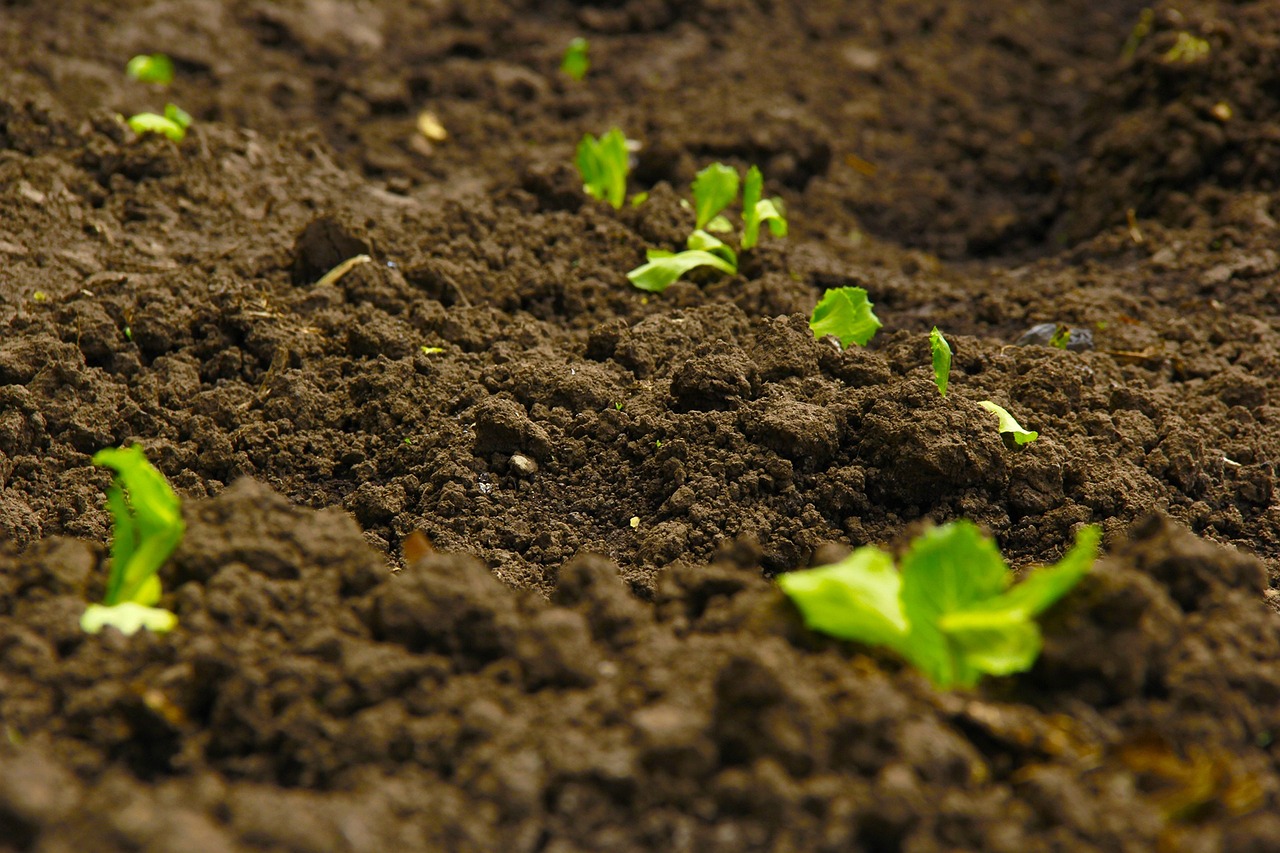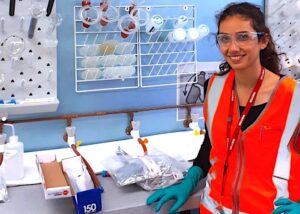
As we strive towards a circular economy, the application of treated sewage sludge (biosolids) to land is an opportunity to enhance soil health and reduce the reliance on synthetic fertilisers.
However, a growing concern looms over microplastic (MP) contamination in biosolids and its potential impact on land-based ecosystems.
In Australia, where agriculture serves as the largest end-user of biosolids, understanding and addressing this issue is paramount.

In a study led by Dr Shima Ziajahromi from Griffith University’s ARI-TOX research group in the Australian Rivers Institute, the team quantified and characterised MPs in 146 biosolid samples collected from 13 wastewater treatment plants across three Australian states (four in New South Wales, four in South Australia and five in Queensland).
“This study was conducted over multiple seasons and sheds light on the prevalence and characteristics of MPs in biosolids, which gives us crucial insights into sources of microplastics,” Dr Ziajahromi said.
The research team first developed a purification method to accurately quantify and identify MPs from complex biosolid samples.
The results revealed biosolids contained between 1 to 17kg of MPs per tonne that could be transported to agricultural lands.
Furthermore, the study showed that every Australian was releasing between 0.7 to 21g of MPs into wastewater every year, with New South Wales ranking the lowest and South Australia ranking the highest per capita for concentration of MPs.
Fibres from synthetic clothing was the dominant MP found, with notably higher abundances during cold and wet seasons, likely due to changes in domestic activities (e.g. laundering of fleece clothing).
“Our findings underscored the urgent need for a greater understanding of the risks of MPs in biosolids to our agricultural soils as they can accumulate in soils and breakdown into smaller micro and nano-sized plastics which can cause more harmful effects to our soil ecosystem,” Dr Ziajahromi said.
“Biosolids serve as both a sink and source of microplastics, emphasising the importance of effective source control measures to safeguard soil ecosystems.”
Current Australian regulations control the amount of heavy metals, nutrients, pathogens and some emerging contaminants that are allowed in biosolids, but there was currently no guideline for microplastics concentrations, Dr Ziajahromi said.
Dr Ziajahromi underlined the necessity for future research into alternative sludge treatment processes to mitigate MP contamination.
“By addressing this challenge, we can advance towards more sustainable agricultural practices and ensure the long-term health of our ecosystems,” she said.
The study ‘Comprehensive assessment of microplastics in Australian biosolids: Abundance, seasonal variation and potential transport to agroecosystems’ has been published in Water Research.






